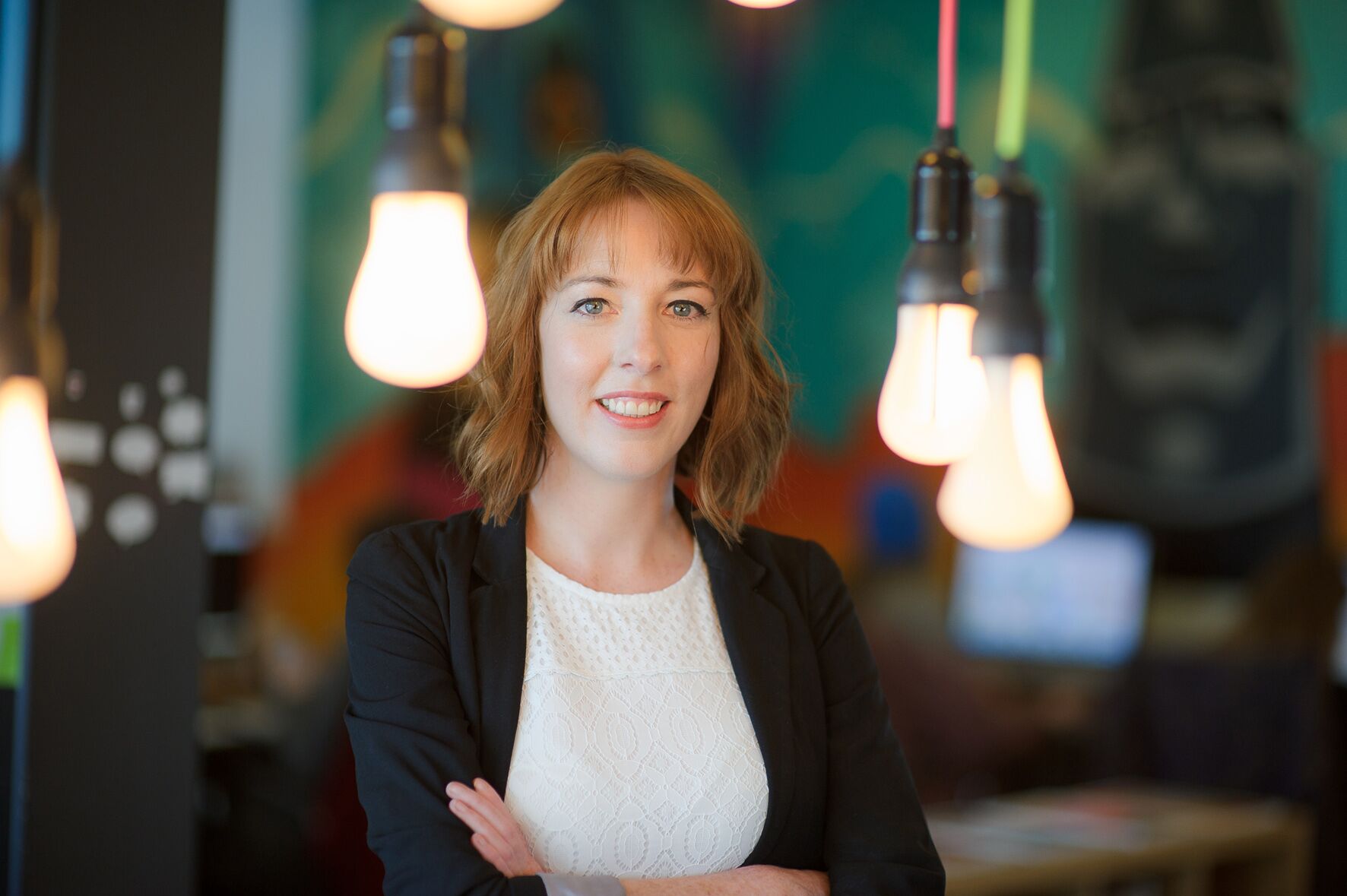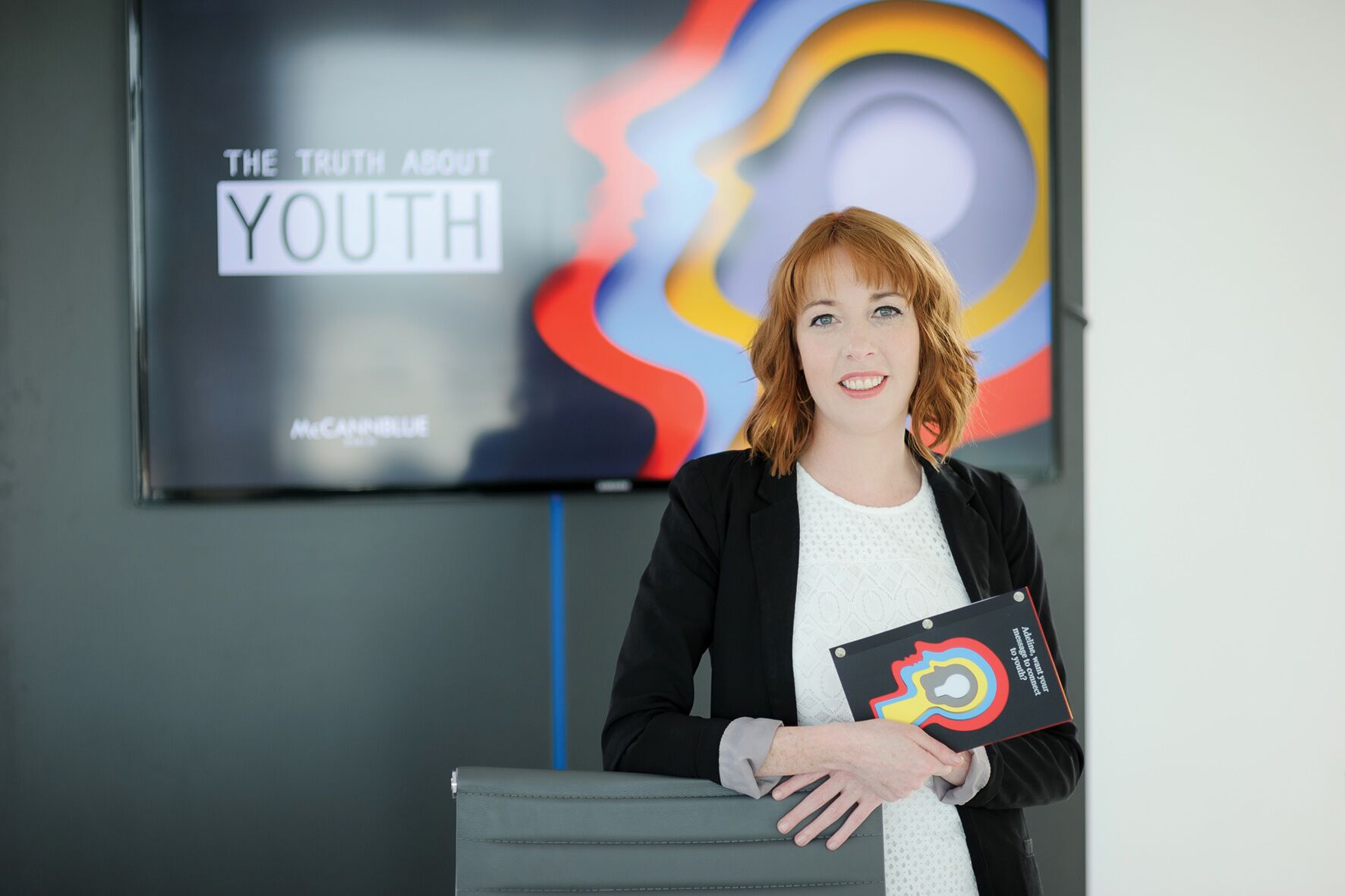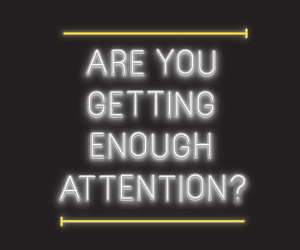
Connecting with the youth market has never been more challenging. McCannBlue Strategic Director Susan Kelly tells IMJ how her creative communications company’s research has provided a unique insight into how young people want to engage with brands.
Cracking the youth market can be tough. Get it right and your brand can succeed but if you get it wrong, prepare yourself for a world of pain. At the end of March, McCannBlue presented the findings of exclusive research conducted among 16-30 year olds across Ireland as part of the wider McCannWorldGroup global ‘Truth About Youth’ study.
Three main themes emerged from the quantitative and qualitative engagement with 740 young Irish people according to Susan Kelly, strategic director of McCannBlue.
Finding Yourself
Figuring it out has become an extended and complex process, leading to the phenomenon of ‘adulting’. Adulthood is no longer a thing you become – it is now something you opt in and out of on a daily basis. Brands that help young people along their journey must move from milestones to moments, offering small wins and rituals that help them adult successfully.
Finding Your People
Young Irish people still want a close knit group of sincere, loyal and kind friends. But what has changed is that they also have an audience – their other 475 friends across Facebook, Instagram and Snapchat – and are feeling pressure to showcase an interesting life, with interesting people and interests to entertain and impress their social audience. Teenagers in particular are using social media as their dress rehearsal, testing out facets of their personality and character with their social audience to see if it will stick in the real world.
The opportunity for brands is how they can make these young people look cool, smart or funny in front of their audience and give them offers and promotions that allow them to treat their friends.
Finding Your Place in the World
Young people’s portal to the world used to be limited by geography and the tribe they belonged to, but the internet has changed this by exposing young people to a mashup of cultures and viewpoints. Limiting yourself to just one tribe is incredible to this generation. Whilst today’s youth refuse to be pigeon-holed, they are bound together by their belief in non-negotiable equality. They believe they are the most tolerant generation yet and can effect great change because of this. They are looking to partner with brands, not governments, as ‘value-aligned’ collaborators for change, recognising that brands often have more money than government and they’re willing to march alongside brands whose work has true purpose and intent.
While brands will have already identified some of these themes, the sheer scale of the ‘Truth About Youth’ study makes it the first piece of research to pull together and explore the issues that are most important to the youth market, why and how brands can play a meaningful role. This is the second edition of the McCann global study (the previous edition was conducted in 2011) but the first time McCannBlue has conducted an Ireland-specific version.
“There is a lot of research out there about youth but not a lot about Irish youth specifically,” explains Kelly. “Previous studies tended to treat everyone from 16 to 30 as a homogenous group. We wanted to explore the attitudes of young people at different life stages.”
The motivation for McCannBlue’s involvement was obvious – it works with a number of youth orientated brands and wanted to bring deeper and more meaningful insight to their client’s brands.
“These are a person’s formative years, when they begin making their own decisions and life’s big decisions. Part of that process is choosing brands to align themselves to, that make a statement about them – so it is a very important time for brands to form potentially life long relationships,” she says.
“Young consumers are looking for transparency and truth and brands are looking for the same thing to connect with that audience.”
She goes on to say: “Truth Well Told is the guiding ethos and approach of McCannBlue. We invest in digging deep to find shared truths that connect people and brands, the truth guides the message, the medium, the moment of connection and enables us to create and change. This study empowers our clients to create change with youth audiences”.
Kelly says the study was designed to get beyond the perception of young people as entitled, narcissistic and social network obsessed. It found that while the fundamentals of youth had not changed much from previous generations, the process of figuring these things out has become much more complex.
“The ‘finding yourself’ stage is so much more difficult because there is an infinite amount of choice at young peoples’ fingertips all of the time, courtesy of their mobile devices. They told us it’s all very confusing and extended. When it comes to career choice young people spend more time trying out different vocations. When it comes to their love life they go on Tinder, but then there always appears to be a better person out there. Even the area of entertainment, they go onto Netflix and half an hour later they’re still trying to decide what to watch.”
The young people surveyed admitted that this volume of choice made it difficult to commit because they are always chasing something better. As a result they are drawn to brands like Spotify that are helping them navigate this complexity.
“Marketers have been talking for years about this being the ‘experience generation’, and offered fun and quite often frivolous brand experiences,” says Kelly. “What was really interesting for me is this desire for experiences is because they want to try things out, they’re planting seeds to see what will take root and flourish. If a brand wants to take root with these consumers, they must give them experiences with substance.”
It is about helping young people find their formula, she continues. “Growing up now means different things to different people so it is about more personalised offerings. It is not only about communication, it is more upstream than that – it is about what brands are offering, their products and services. One of the ideas that came up in the groups was the idea of committing to a car, to paying road tax and insurance. Young people were saying ‘I don’t want to take that on, I will just rent a car whenever I need one’.”
When asked whether the research revealed anything about young people in Ireland that was different to their peers elsewhere in the world, Kelly observes that they are looking for close knit groups. In Brazil, the average number of close friends people had was 17 – in Ireland it was 4.
“Young people in Ireland want friends that are sincere, loyal and that don’t take themselves too seriously and they often seek the same traits from the brands they choose. But they’re also under pressure to impress and entertain their social media audience, this was particularly evident amongst younger teenagers who talked about having social media strategies including optimum times to post for maximum likes. 61% of 16 – 30 year olds believed, ‘If I didn’t have a mobile or mobile service, even for a short while, my personal connections would suffer’, this jumped to 71% for 16-20 year olds. Brands have an opportunity to create offers and promotions that allow them to impress and treat their audience. Some fashion and food brands are doing this really well.” Another interesting finding was how young people are expressing themselves to their friends and audiences. When 16-30 year olds were asked to ‘choose the medium in which you think you can best express yourself’, the spoken or written word only accounted for 44%, with photos, images, video, emojis, music and drawings making up the other 56%. For brands, this means considering multiple modes of expression in their communications strategies.
Kelly uses the term ‘kaleidoscope kids’, young people who don’t limit themselves to one tribe. “They see themselves as part of many tribes and communities and that makes it much more difficult for marketers to target by traditional segmentation methods . It also means that brands need to be much more confident of their purpose, who they are and their point of view in the world and then reach out to audiences to share that.”
She rejects the idea that young people slavishly follow celebrity, while acknowledging that bloggers are very influential in introducing brands into their world. “One of the most striking findings of the study is that they are looking for authenticity in a hyper-real world, to align themselves with brands that have shared values. They are very savvy and will see through anything less. One of the interesting, recurring discussions we had in groups is that brands are seen as much more powerful than governments and could be used to back causes they believe in, whether environmental or equality or mental issues. Like every young generation they want to effect change and they realise the power of brands to help them do that.”
Young people pride themselves that they are the most tolerant generation – when Irish focus groups were asked for the defining moment for their generation they chose the vote for same sex marriage.
“They talked about the importance of showing tolerance on a daily basis, voting and marching,” says Kelly. “We had conversations about whether it was enough to ‘like’ a cause and believed this could make a real difference in making others feel supported”. In fact, 69% of 16 – 30 year olds agreed ‘I can make a difference by supporting causes I believe in on social media’ and this jumped to 79% amongst 16 – 20 year olds.
Effecting change through consumption has meaning for young people, for example choosing Fairtrade or environmentally friendly products or drinking a coffee brand that is helping other young people stay out of gangs.
“It is about getting away from labels such as ‘slacktivists’ or the ‘me generation’,” adds Kelly. “They feel like they are doing a lot and what they are doing has real meaning for them. I’m lucky to deal with young people all the time but it’s usually in the context of a specific brand or category – it helps to talk to them more broadly about their hopes and fears and beliefs.”
Kelly’s parting advice for brands who want to connect with a youth audience was “Young people are on a journey of three stages, finding yourself, finding your people and finding your place, brands need to go on this same journey”. She elaborated by saying “For brands to find themselves, their people and place, ask what is the truth at the heart of my brand?, who are our people, what is our meaningful role in young people’s lives?”
First published in Irish Marketing Journal (IMJ May 2017)© to order back issues please call 016611660





















